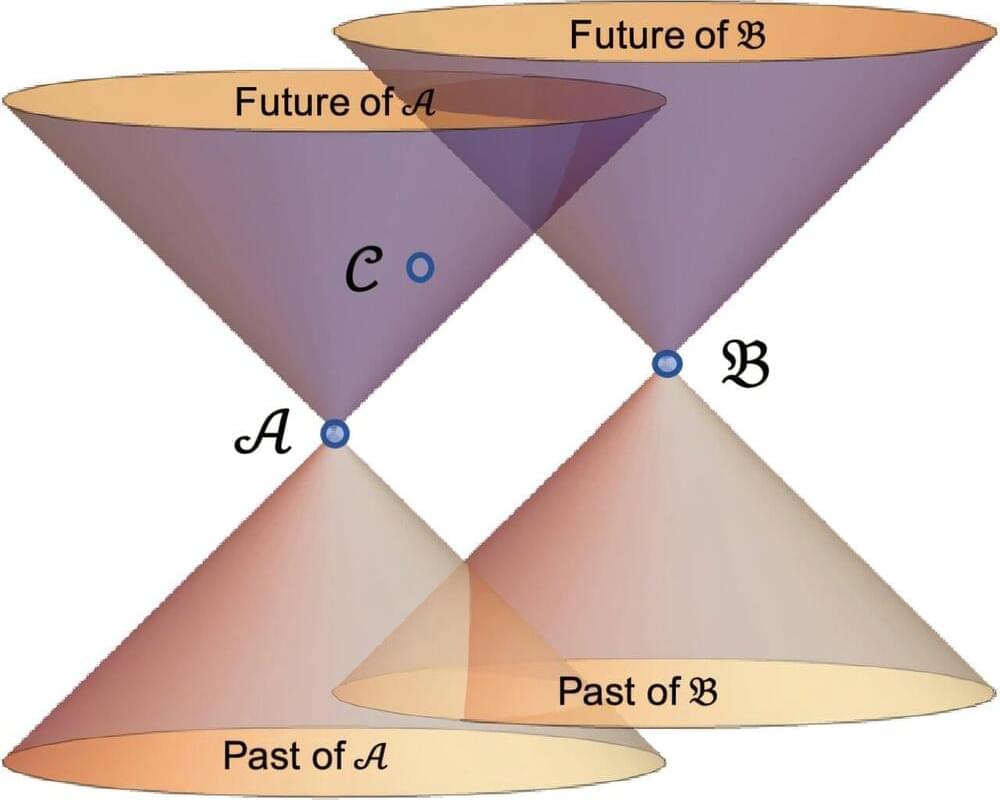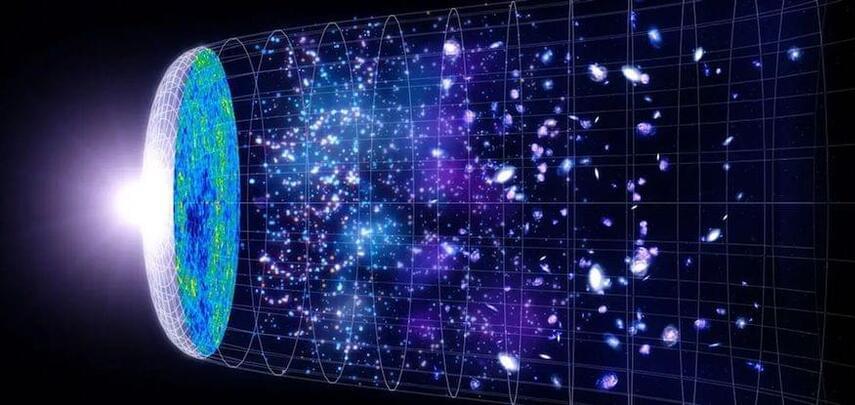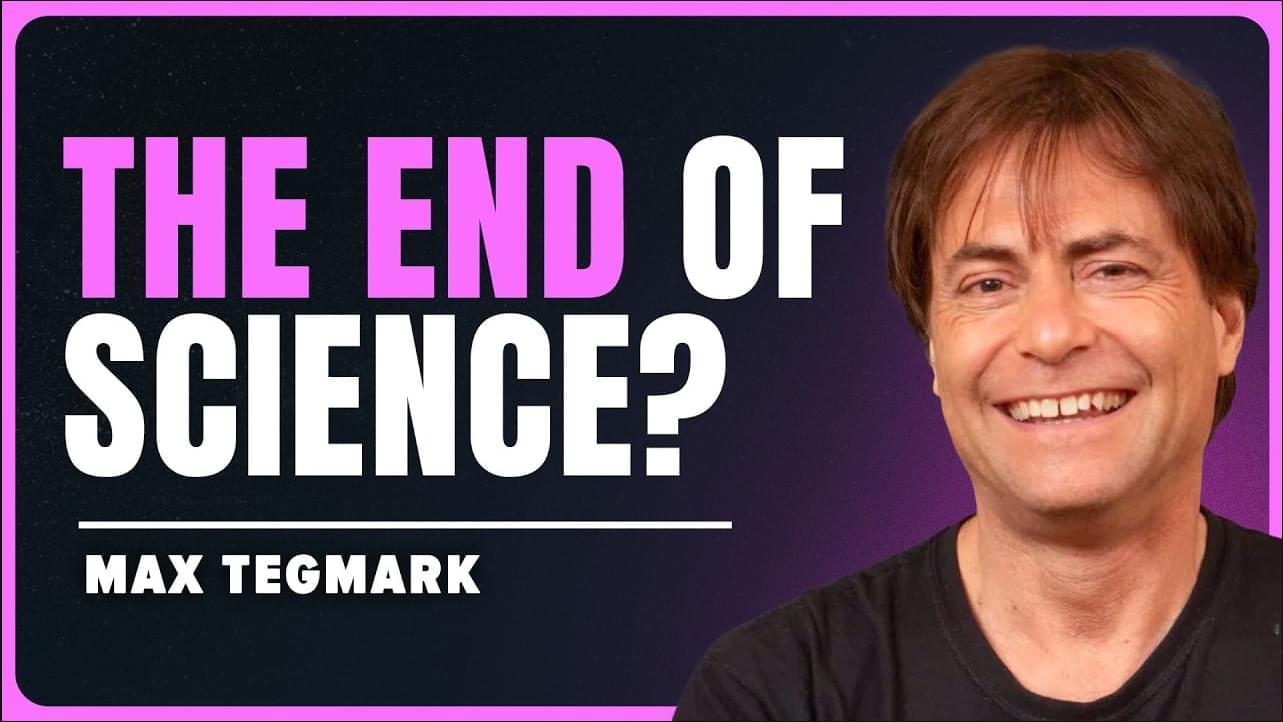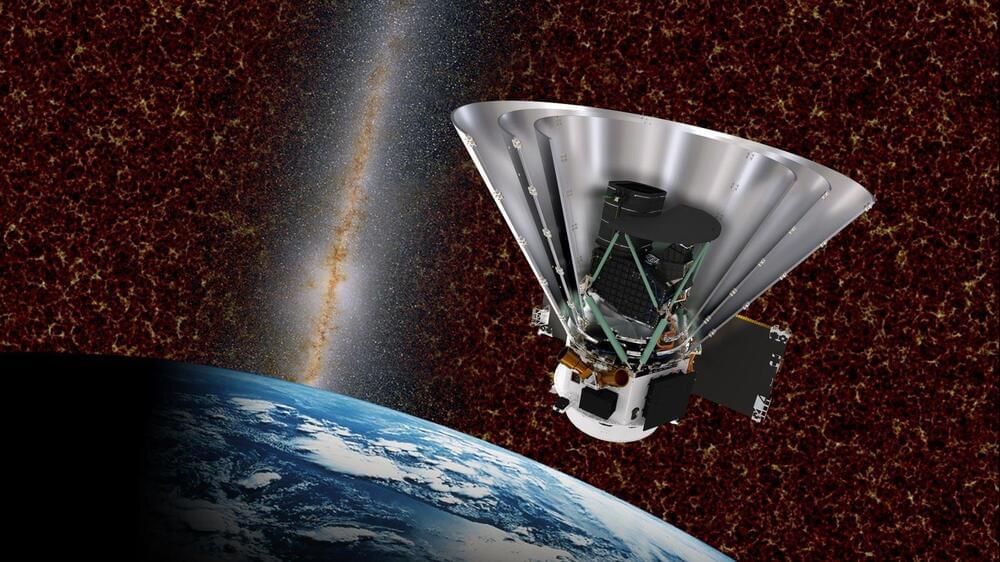Dec 18, 2024
Detecting the gravitational wave memory effect from core-collapse supernovae
Posted by Saúl Morales Rodriguéz in category: physics
Einstein’s theory of gravity, general relativity, has passed all tests with predictions that are spot-on. One prediction that remains is “gravitational wave memory”—the prediction that a passing gravitational wave will permanently change the distance between cosmic objects.
Supernovae—collapsing stars that explode outward—are thought to be generators of gravitational waves, though none have yet been definitively detected by the gravitational wave interferometers on Earth. Nor has the gravitational wave memory effect been seen, from mergers or supernovae, due to the limited sensitivity of interferometers below wave frequencies of 10 hertz.
Continue reading “Detecting the gravitational wave memory effect from core-collapse supernovae” »

















